How to spot lead pipes
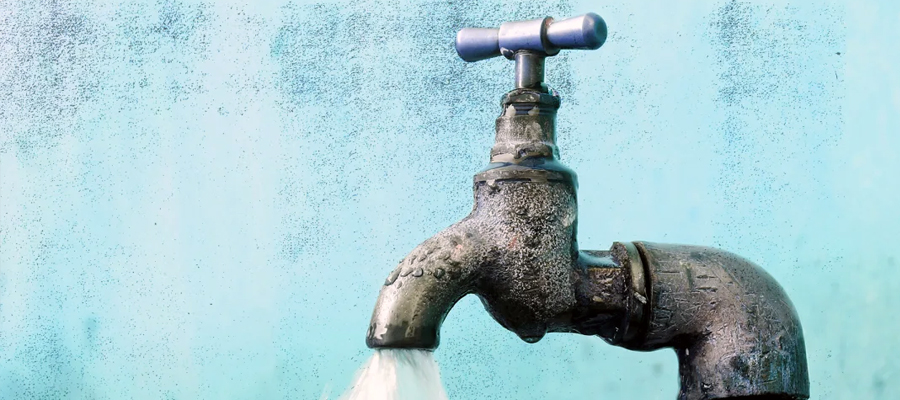
How to spot lead pipes
Lead can still turn up in older supply lines and internal plumbing. It matters because small amounts can enter drinking water and there is no safe level for young children or babies.
You do not need special tools. A few simple checks will tell you a lot. Work
carefully and avoid heavy scraping. If you are unsure speak to your water supplier or a
qualified plumber. Lead looks dull grey and marks shiny when lightly scratched
with a coin
Start at the stop tap and incoming service pipe. That short length tells you more than any other part of the system.
Where to look first
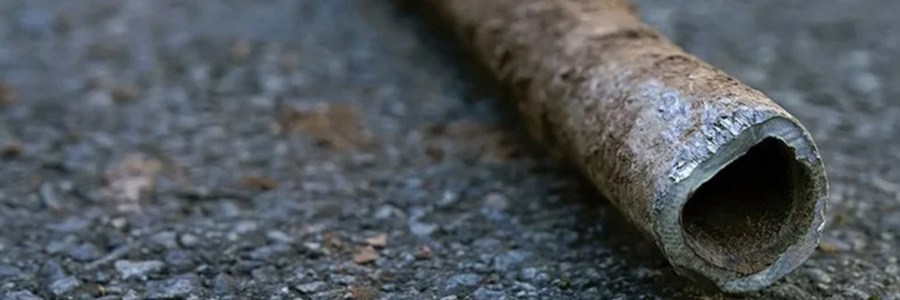
Find the stop tap where the pipe enters the house. Common places are under the kitchen sink, a ground floor cupboard, or a cellar. Check any short length that passes through the wall or floor from outside.
Look at the pipe from the street to the house if you can. Older service pipes may be lead even if the internal pipes are copper or plastic.
How to tell if it is lead
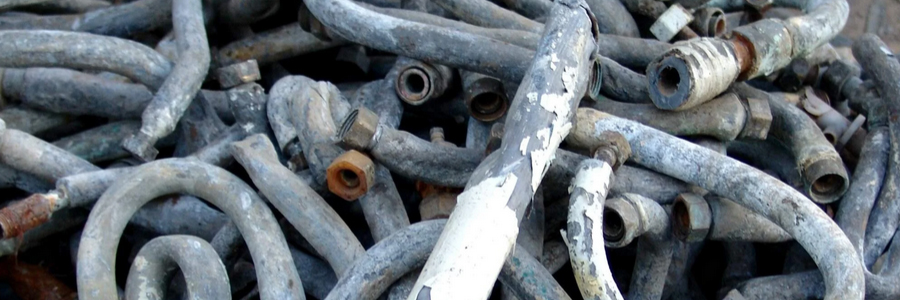
Colour and feel: lead is dull grey and soft. A gentle scratch with a coin reveals a bright silver sheen. Do not sand or file the surface. Shape and joints: lead bends smoothly and often has rounded bulb type joints. Copper is hard and stays bright or greenish. Plastic is light and often printed with maker marks.
Lead solder on copper
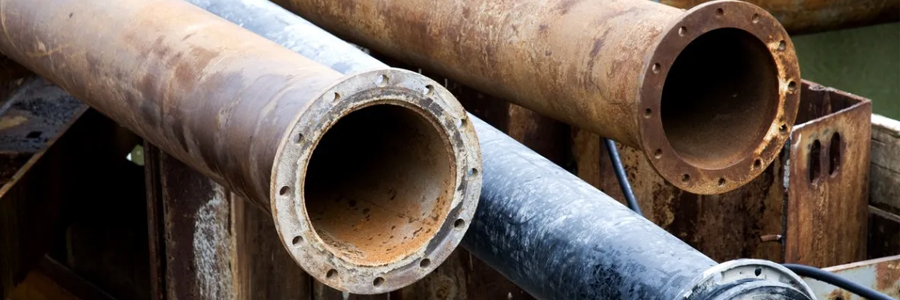
Even with copper pipe you can still have lead at the joints. Old solder can contain lead and may leach into hot water systems. Look for thick dull solder rings at joints that pre date modern rules.
If you see this on cold feeds to kitchen taps consider a test and plan to replace those sections.
Common lookalikes
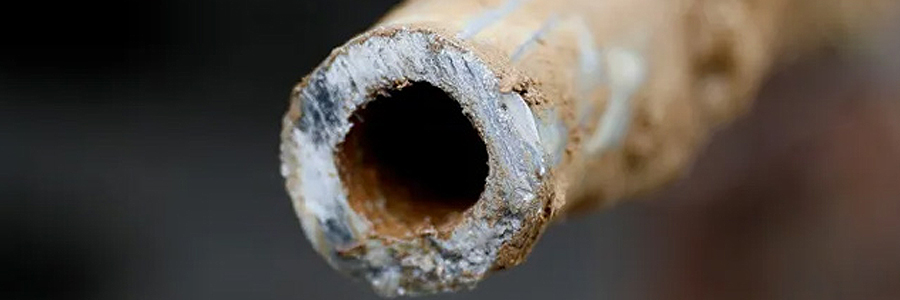
Do not mix up lead with painted copper or galvanised steel. A magnet will not stick to lead or copper but will stick to some steel. Paint can hide colour so use the light scratch test in a small spot.
Flexible tap connectors and modern service pipes are usually plastic. These are not lead but check any older metal parts nearby.
What to do if you find lead
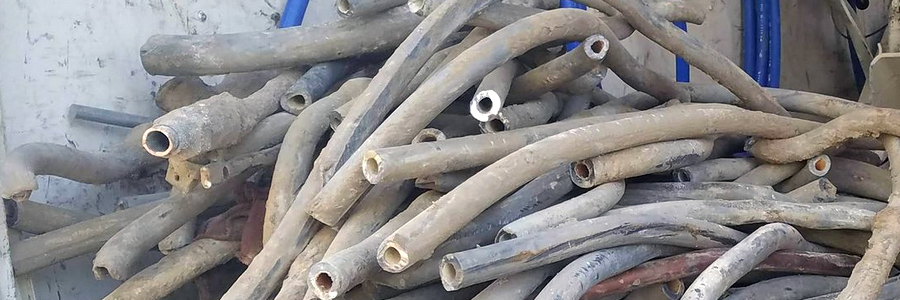
Speak to your water supplier or a qualified plumber. Ask about testing and the best replacement route. In many cases the fix is to replace the service pipe from the boundary to the stop tap then change any internal runs.
Until it is replaced use only cold water from the kitchen tap for drinking and cooking and run the tap for a short time if water has been sitting in the pipe. Never heat water from a bathroom tap for food or drink.